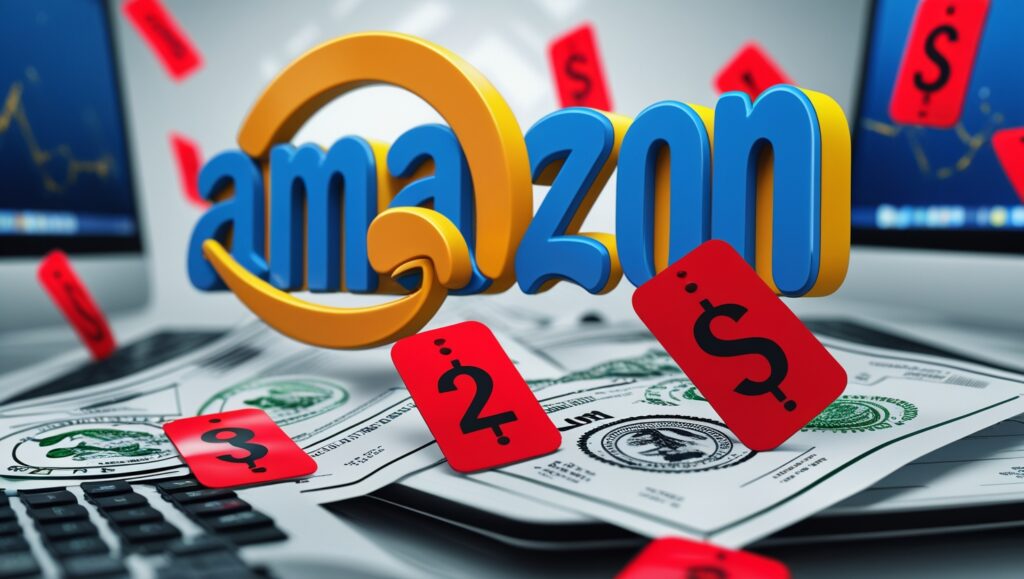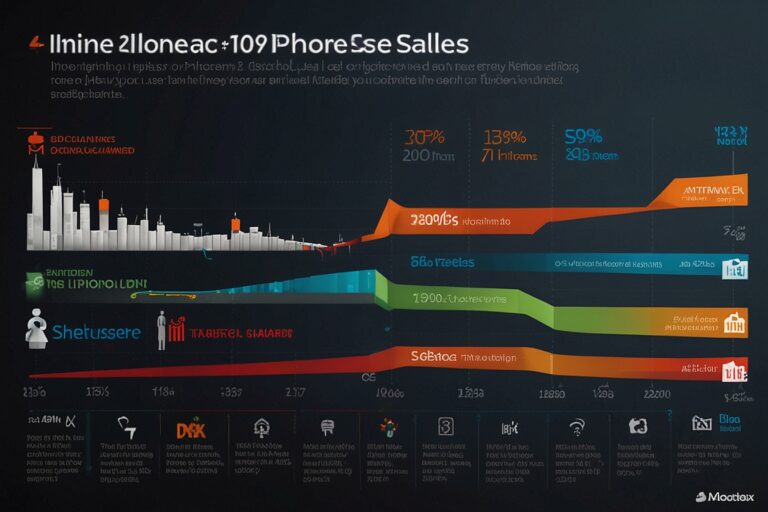
TL;DR
- Wall Street Journal claims Amazon raised essential product prices after Trump’s tariff announcement.
- Amazon rebuts the report as “fundamentally flawed” in an official blog post.
- WSJ analyzed 2,500 items; Amazon cites discounts and dynamic pricing as alternate explanations.
- U.S. inflation data shows a general rise in consumer costs, but Amazon disputes tariff causation.
Trump-Era Tariffs Trigger Pricing Controversy
A recent Wall Street Journal investigation has sparked a sharp rebuttal from Amazon, after the outlet reported that prices on thousands of low-cost household essentials had increased since former President Donald Trump announced sweeping tariffs on imported goods.
According to the WSJ, prices rose an average of 5% between January 20 and July 1 on common items such as chicken broth, antibacterial wipes, and cough drops, based on a sample of 2,500 products sold through the platform.
Amazon Labels Report as “Cherry-Picked”
In a detailed response, Amazon called the WSJ report “fundamentally flawed,” arguing that the price hikes observed were misleading due to promotional pricing at the start of the year.
Amazon cited examples like Dove deodorant and Yogi Tea bags, which were reportedly included in the analysis while they were temporarily discounted. Once those sales ended, prices returned to normal—unrelated, the company insists, to tariffs or inflation.
Data Disputes and Dynamic Pricing
Amazon emphasized its use of dynamic pricing—a practice that adjusts product costs in real time based on demand, supply, and promotions. The company claims this undermines the validity of a one-time sampling like that performed by WSJ.
Despite this pushback, Amazon’s defensive posture has raised eyebrows. The need for such a detailed response indicates concern over the potential political consequences of being linked to inflation or consumer price hikes under the Trump administration’s trade policies.
Inflation Indicators Support General Cost Increases
While Amazon challenges the direct correlation with tariffs, the U.S. Bureau of Labor Statistics confirms that overall consumer prices did rise in the same period. According to the June CPI report, consumer prices increased 0.3% month-over-month and 2.7% year-over-year, indicating a broader inflationary trend beyond just Amazon’s marketplace.
Pricing Politics and Perception Management
The episode highlights Amazon’s sensitivity to both political pressure and public perception. As tariff-driven inflation continues to shape economic debates, e-commerce platforms like Amazon risk becoming the public face of higher costs—even if only some of the data is directly attributable to their pricing decisions.
Data Box: Key Metrics
| Metric | Value | Source |
| Items Analyzed by WSJ | 2,500 | Wall Street Journal |
| Avg. Price Increase (WSJ data) | +5% | WSJ Report |
| U.S. Consumer Price Index (June) | +0.3% (monthly), +2.7% (yearly) | U.S. BLS |
| Amazon’s Stance on WSJ Report | “Fundamentally flawed” | Amazon Blog |
Final Thoughts
As election-year economic rhetoric intensifies, companies like Amazon may find themselves increasingly scrutinized for how global policy shifts—such as tariffs—impact domestic consumers. While the WSJ analysis attempts to draw a direct connection, Amazon’s counterpoint highlights the complexities of dynamic pricing and seasonal promotions. The debate underscores a larger issue: how politicized pricing has become in a post-COVID, high-inflation economy.




